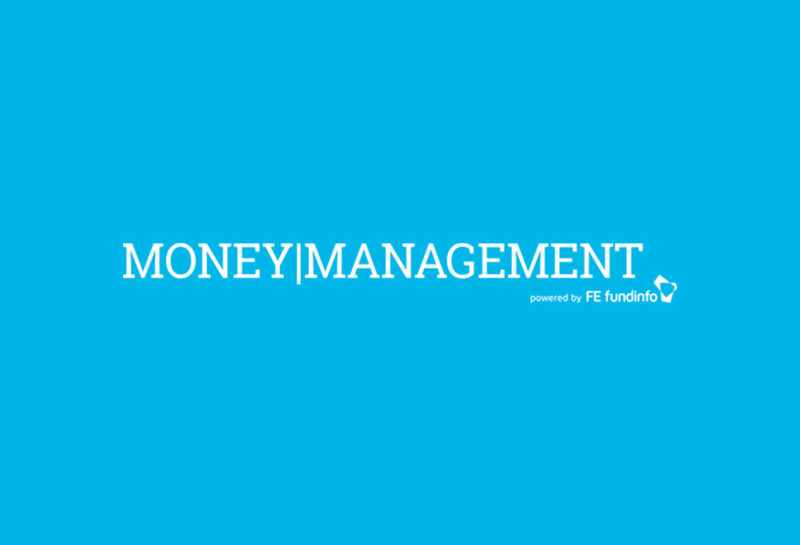New clinical help on the horizon for shopalcoholics.
We all instinctively know that compulsive, mindless spending can be a problem.
We see it in those around us and even in ourselves at times – especially when stress drives the perceived need to ‘escape’ mentally.
Whatever is behind compulsive shopping, buying, spending, even shopalcoholism – whatever we call it – it can and does result in unnecessary financial stress and even distress if the behaviour goes on uninterrupted.
Financial stress is a condition that can respond positively to a mindfulness program, especially when coupled with other interventions, such as improved goal-setting, financial literacy, and behavioural tools.
These combined can help sufferers produce a preferred state of financial mindfulness.
But not many people realise compulsive shopping has also been described in clinical settings since the early 20th century – more than 100 years.
Despite this, until now there has been no officially recognised diagnosis for the disorder.
That seems surprising how commonplace it appears to be, and how it is widely accepted as growing and as a contributor to issues like personal debt and overconsumption at personal and even macro levels.
Now science has moved a step closer to being able to help people with this behaviour – which is finally being recognised as a condition to be treated.
Flinders University reports that for the first time, world experts in psychology have built a framework to diagnose Compulsive Buying-Shopping Disorder.
This means there could be new pathways for help for people struggling to manage their spending behaviour and mental wellbeing.
The framework, published in the internationally recognised Journal of Behavioral Addictions, confirms that compulsive over-spending can be regarded as a disorder.
The news gives researchers and clinicians tools to design targeted interventions for this potentially devastating condition.
The new guidelines, published in the Journal of Behavioral Addictions, confirm that excessive buying and shopping can be so serious as to constitute a disorder, giving researchers and clinicians new powers to develop more targeted interventions for this debilitating condition.
Evidence-based criteria for Compulsive Buying-Shopping Disorder (CBSD) will be developed by an international team, including Professor Mike Kyrios from Flinders University’s Órama Institute for Mental Health and Wellbeing and Professor Astrid Müller from the Hannover Medical School in Germany.
A study of 138 researchers and clinicians from 35 countries has begun the work.
The research was a collaboration with researchers from the Hannover Medical School at the University of Duisburg-Essen and University of Dresden in Germany funded by the German Academic Exchange Service and Universities Australia.
Professor Kyrios described the new work as a “game-changer” for research into the issue, which could underpin the development of much-needed treatments and improved diagnostic processes to follow.
“In over 20 years, since I started investigating excessive buying, there has been an absence of commonly agreed diagnostic criteria which has hampered the perceived seriousness of the problem, as well as research efforts and consequently the development of evidence-based treatments,” Professor Kyrios said.
Evidence-based treatments should now be possible with agreement on diagnostic criteria.
New diagnostic criteria include the recognition of “excessive purchasing of items without utilising them for their intended purposes”.
In the context of the criteria, excessiveness is described as “diminished control over buying/shopping”.
Another feature of the disorder is that “buying/shopping is used to regulate internal states, e.g., generating positive emotions or relieving negative mood”.
“Clients who show excessive buying behaviour commonly have difficulties in regulating their emotions, so buying or shopping is then used to feel better. Paradoxically, if someone with Compulsive Buying-Shopping Disorder goes on a shopping trip, this will briefly improve their negative feelings, but will soon lead to strong feelings of shame, guilt and embarrassment.”
The Delphi research method was used to reach a consensus from the researchers and clinicians involved in a complex psychological disorder.
“The Delphi technique is an ideal method to integrate diverse perspectives from international and interdisciplinary experts in the field of Compulsive Buying-Shopping Disorder,” says co-investigator Dr. Dan Fassnacht, Senior Lecturer in Psychology at Flinders University.
“This helped us to developed diagnostic criteria featuring large agreement among experts in the field, and is an important milestone to better understand and treat this behaviour.”
Dr. Kathina Ali, Research Fellow at Flinders University and co-investigator of the study adds: “Previously, it was difficult to compare studies without agreed criteria.”
“Now for the first time, we can start examining Compulsive Buying-Shopping Disorder more precisely which should help us improve our treatments for this disabling condition.”




















